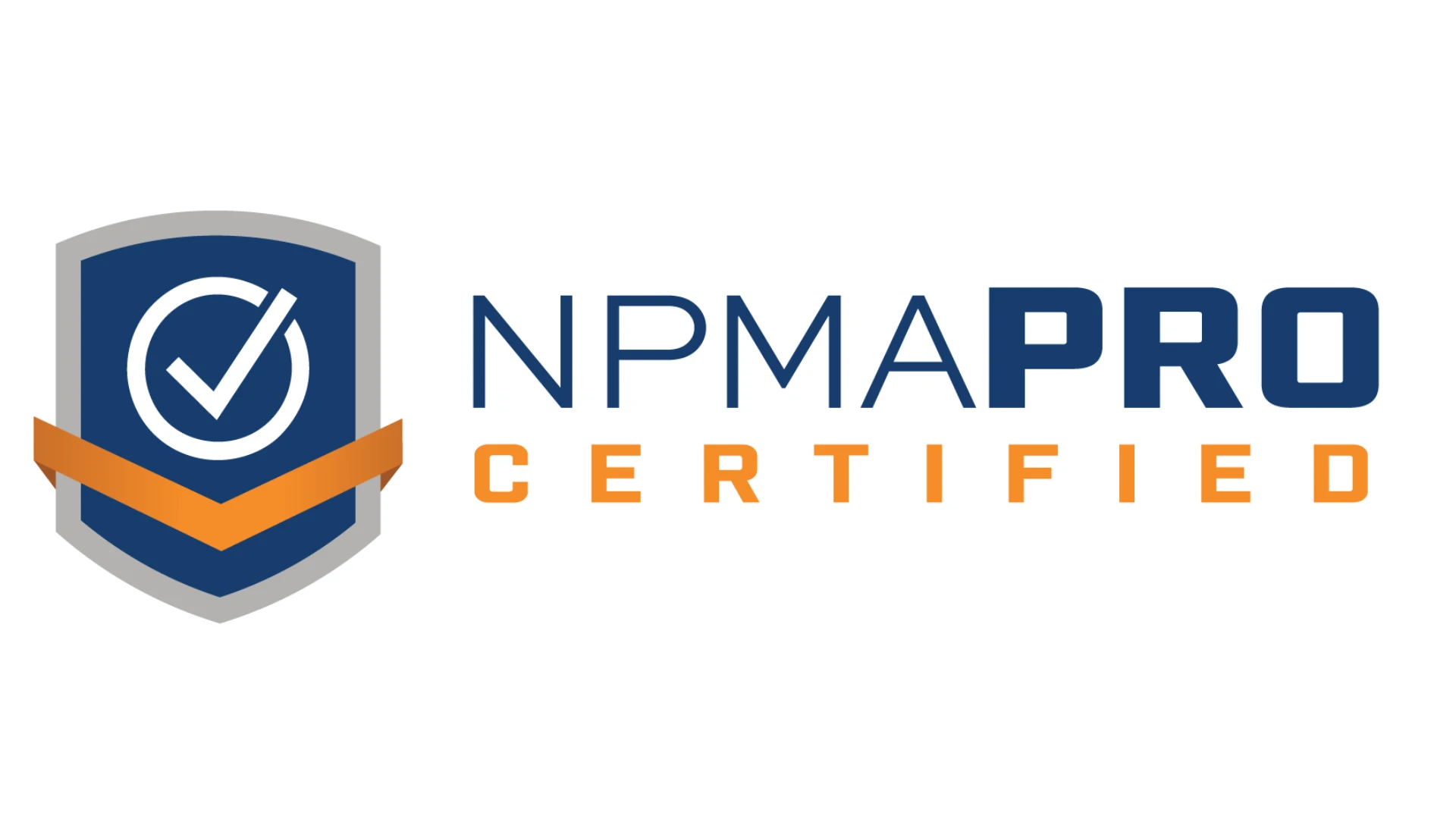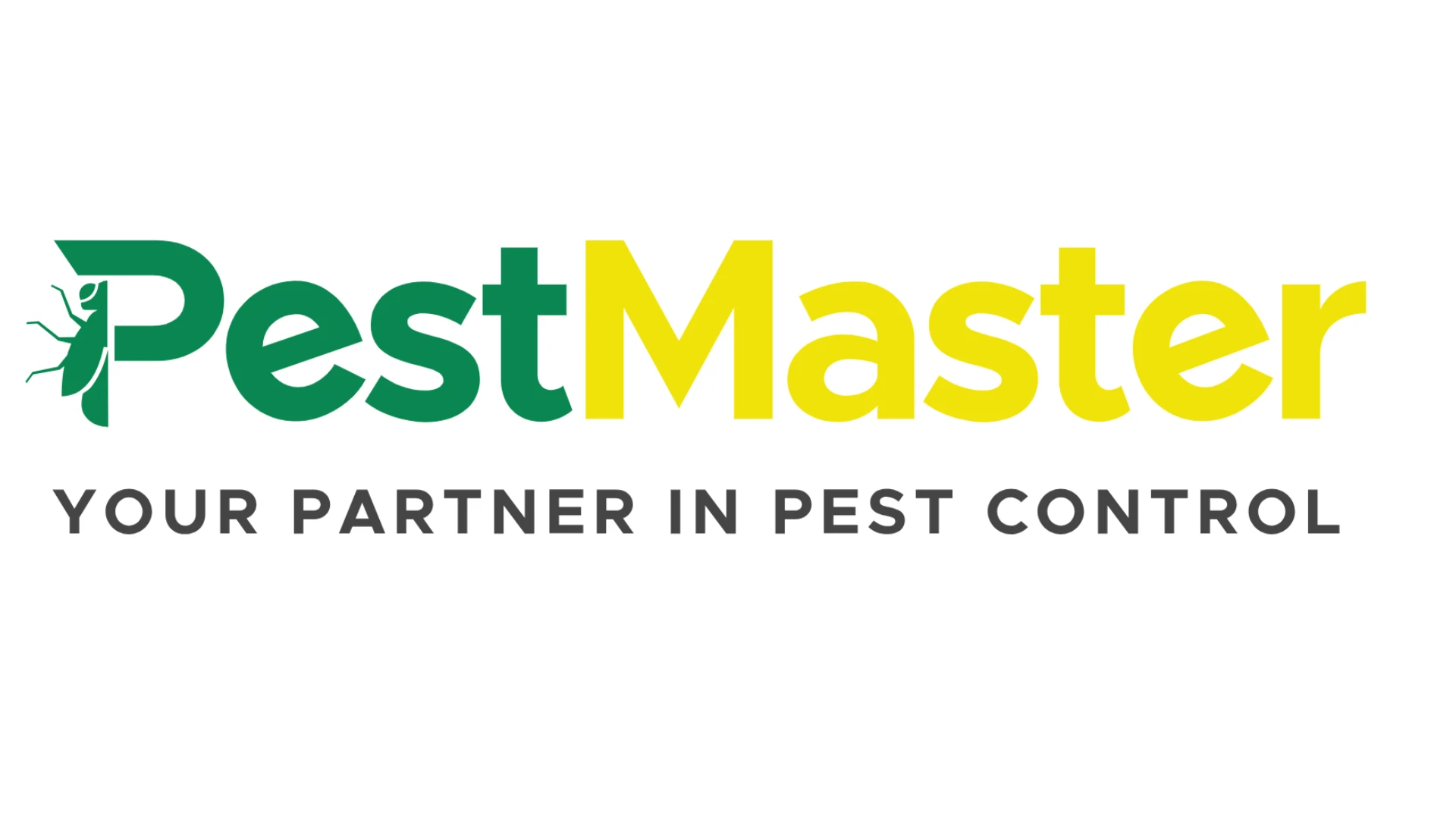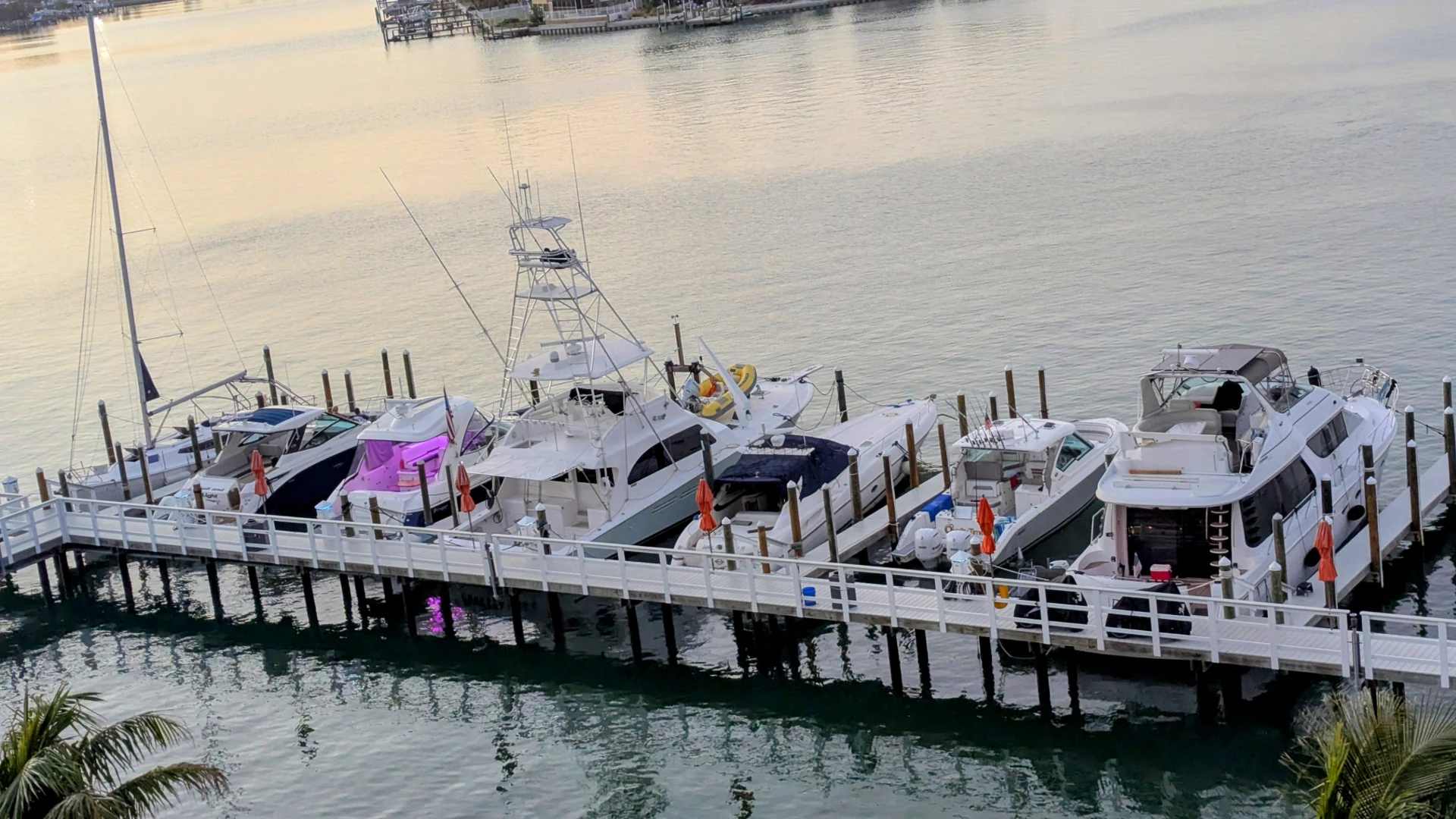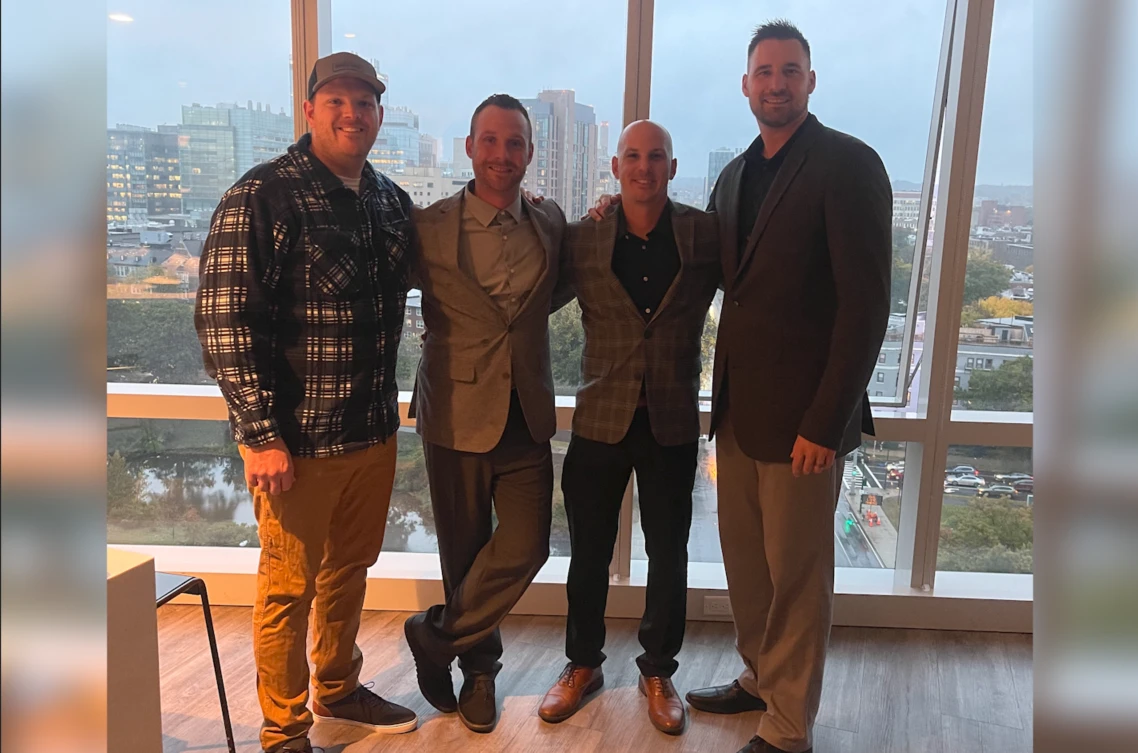
MEMPHIS, Tenn. — TruGreen announced the launch of its latest service offering, Perimeter Pest — an exterior treatment targeting unwanted bugs and insects where they live and reducing their ability to become a problem inside the home.
Available in select markets across the nation, Perimeter Pest consists of four seasonal, exterior treatments applied by TruGreen specialists with localized knowledge and science-backed training. TruGreen says the treatments last 60 - 90 days and are applied to the house’s perimeter with no need for TruGreen specialists to treat inside of the home. The product targets a variety of pests including ants, boxelder bugs, centipedes, cockroaches, earwigs, kudzu bug, lady beetle, millipedes, mud daubers, stink bugs, paper wasps, scorpions, sow bugs and spiders.
This new service offering will be available in 72 branches spanning several states across the country, including Alabama, Florida, Illinois, Indiana, Kentucky, Maryland, Michigan, New Jersey, New York, North Carolina, Ohio, Pennsylvania, South Carolina, Texas and Virginia.
“The addition of Perimeter Pest to our Pest Defense Program reinforces our commitment to best serve our customers,” said Johanna Metz, senior director of product management at TruGreen. “Perimeter Pest targets the outside of the home to prevent unwanted pests from making their way inside, and helps customers and their families enjoy more quality time pest-free.”
Perimeter Pest is the latest offering in TruGreen’s Pest Defense Program, a suite of services aimed at controlling unwanted pests.
WANT MORE?
Enter your email to receive our newsletters.
Latest from Pest Control Technology
- Scorpion Launches Capacity Marketing Engine
- Petti Pest Control Owners Reflect on Finding Success as a Father-Son Duo
- Effective Mitigation of Crow Infestations
- Mosquito Control: Spraying vs. IPM
- Terminix Service's Leaders Inducted into South Carolina Business Hall of Fame
- Christner on Colorado's Preemption Roll Back on Business Growth
- How to Get Rid of Odorous House Ants
- Massey Services Promotes Herndon to Director of Sales for Multi-Family Division






